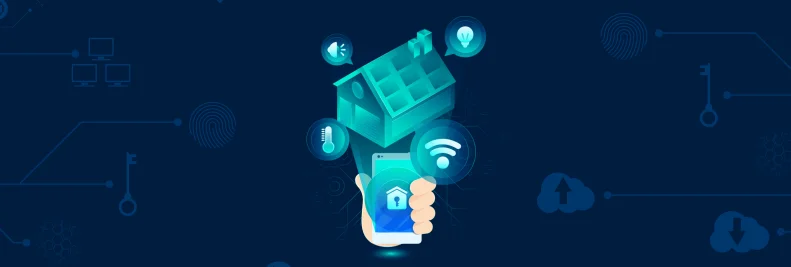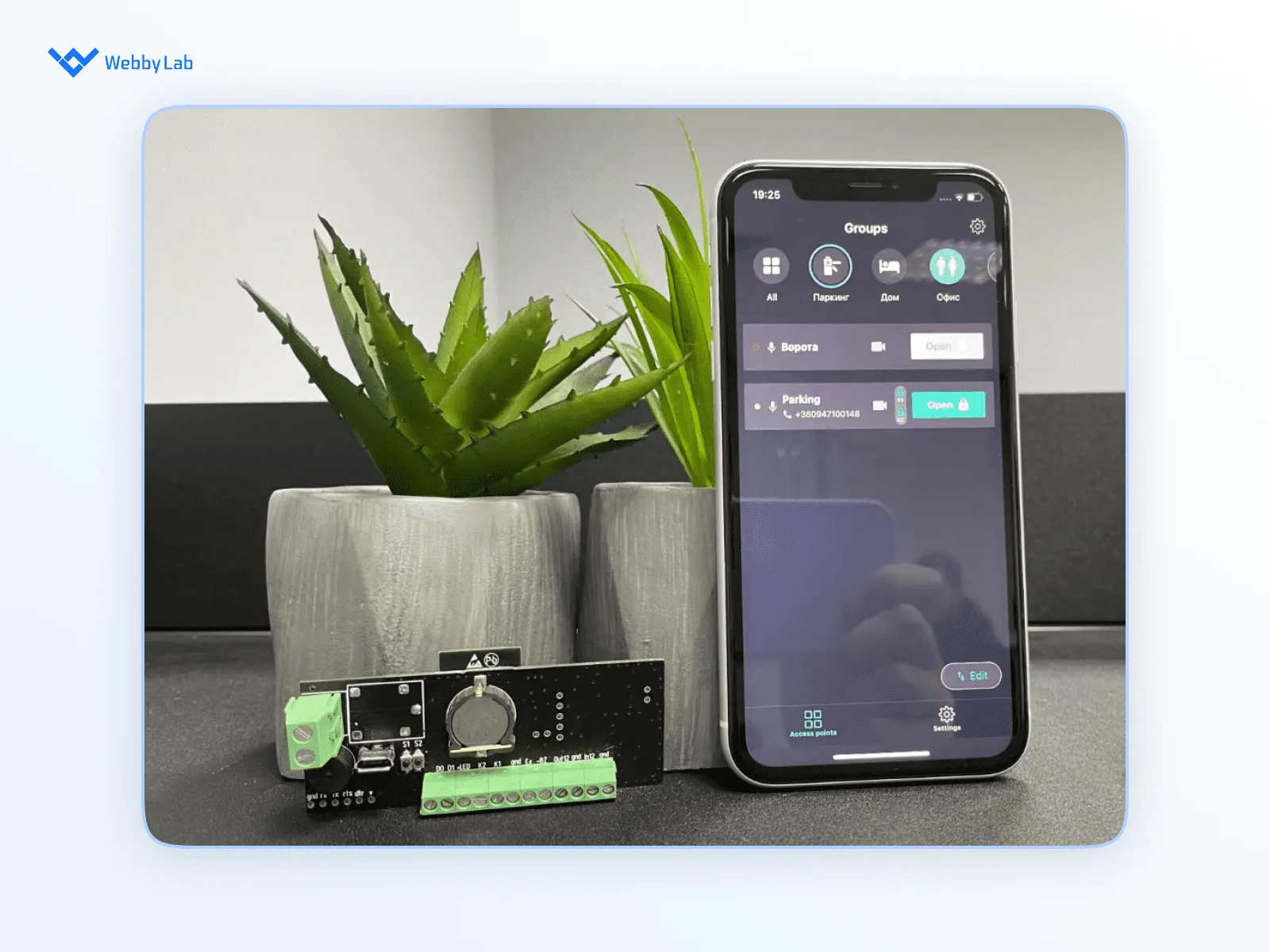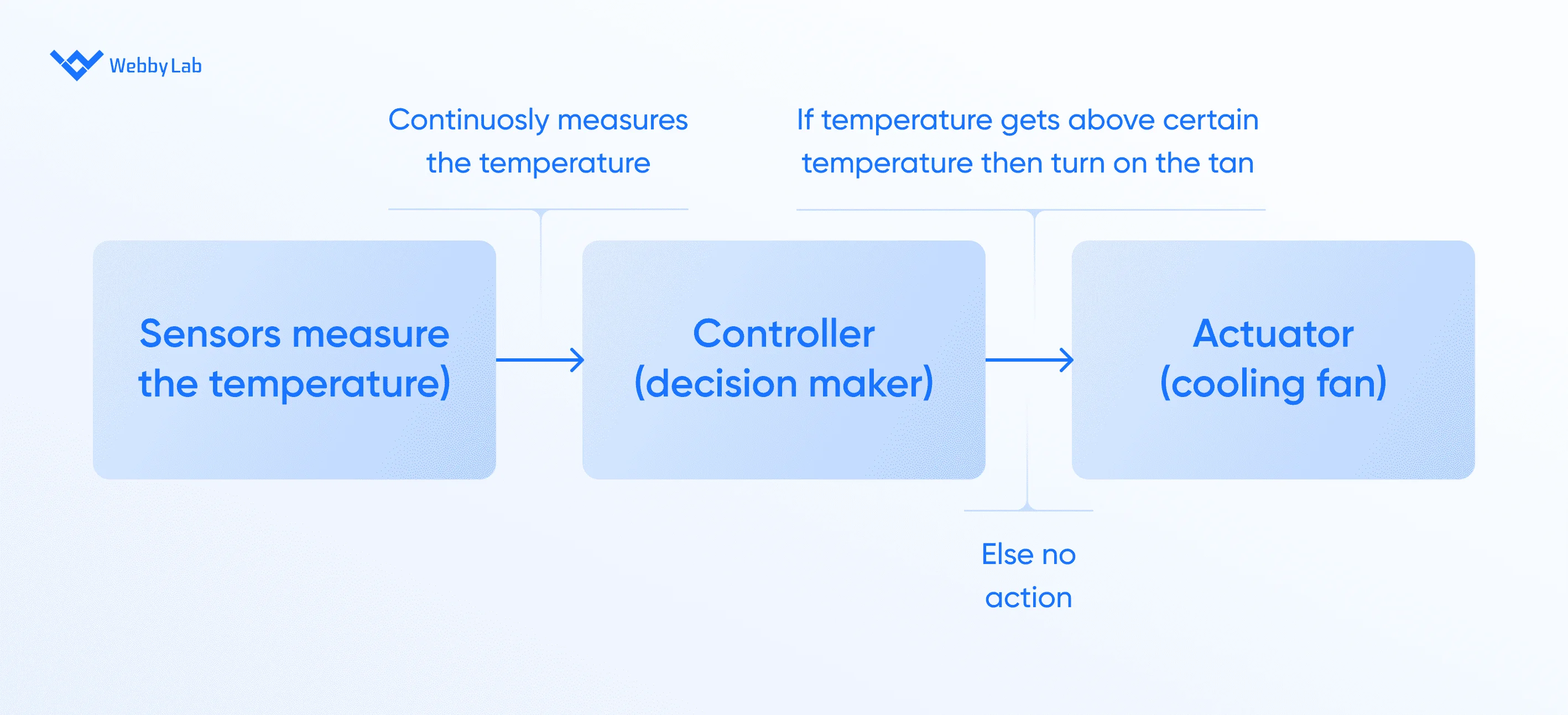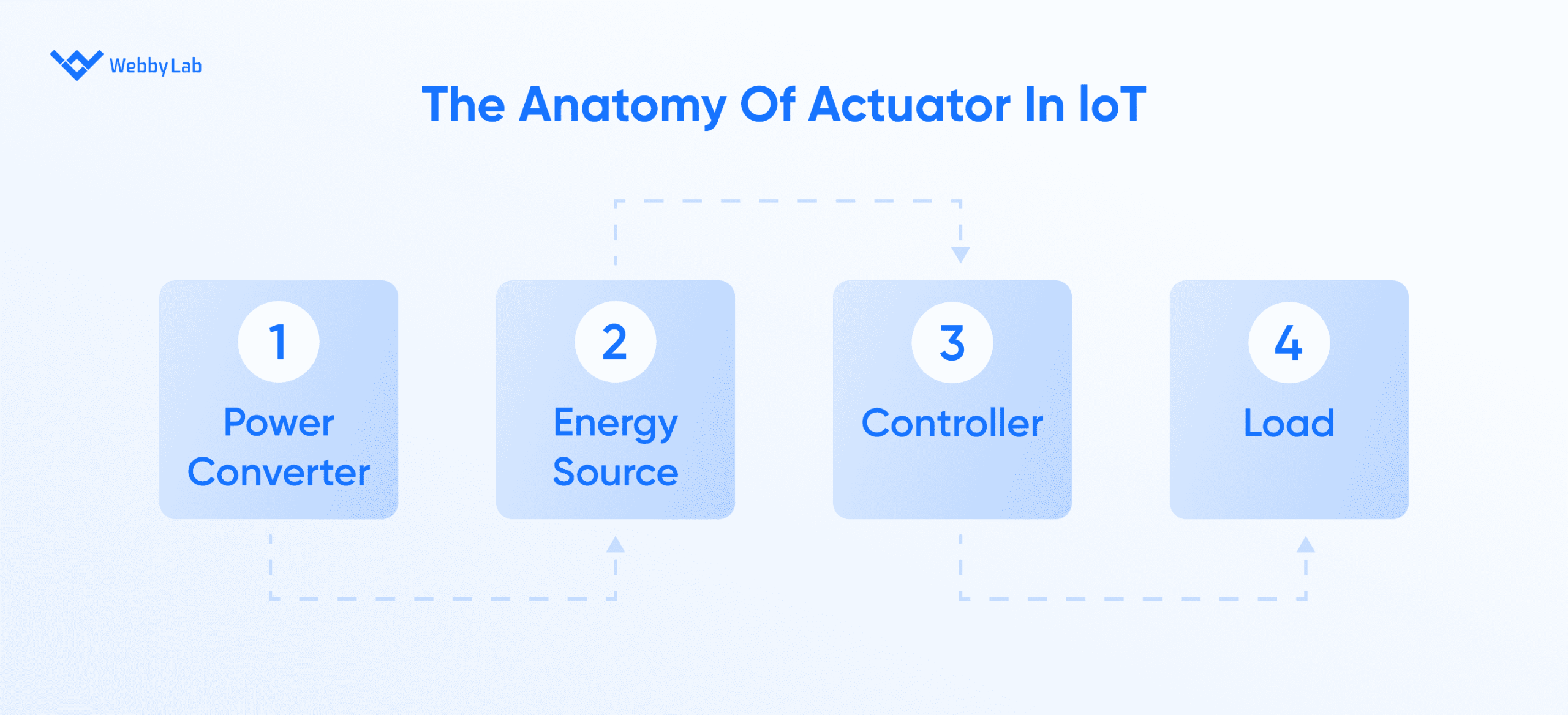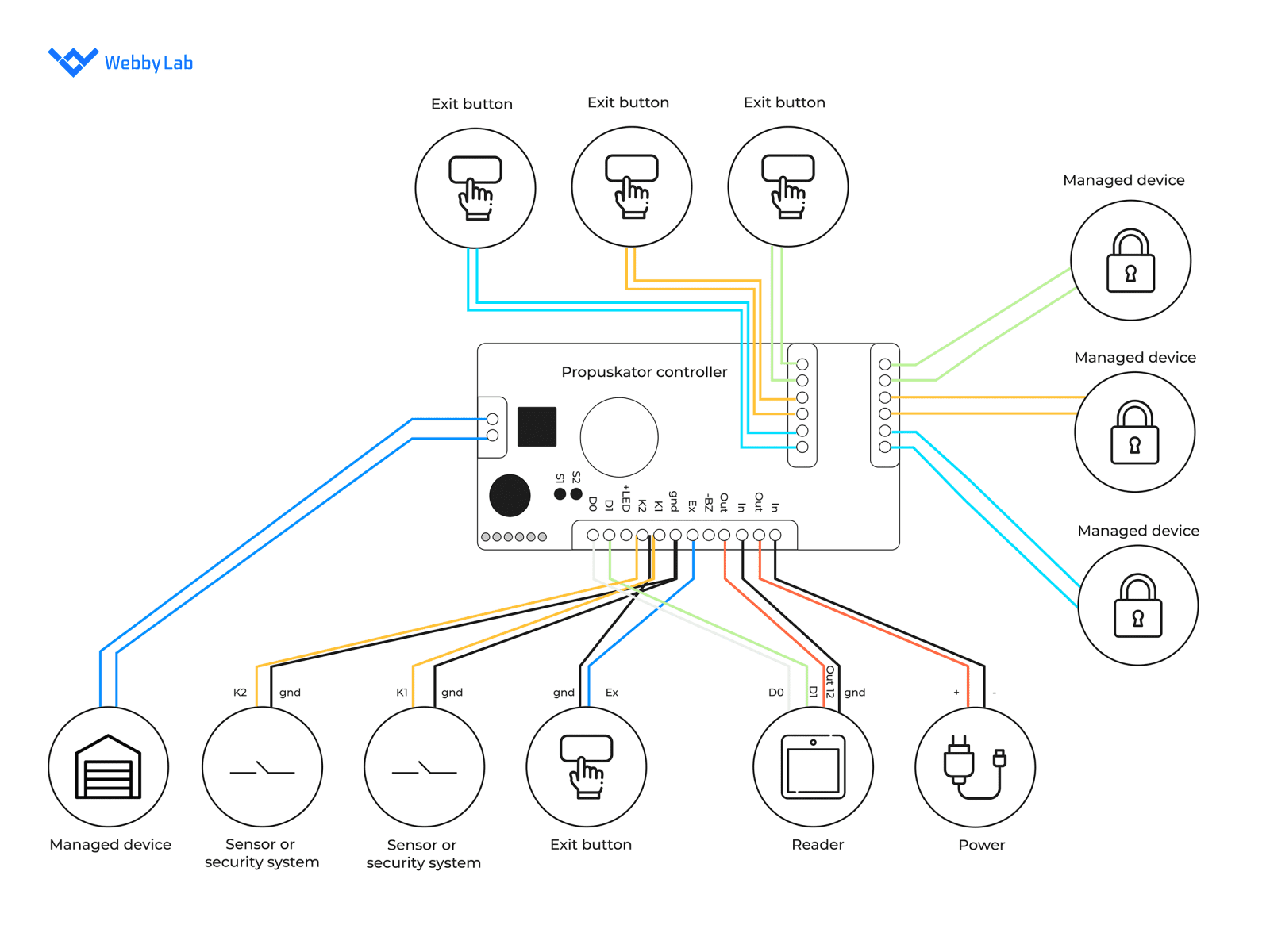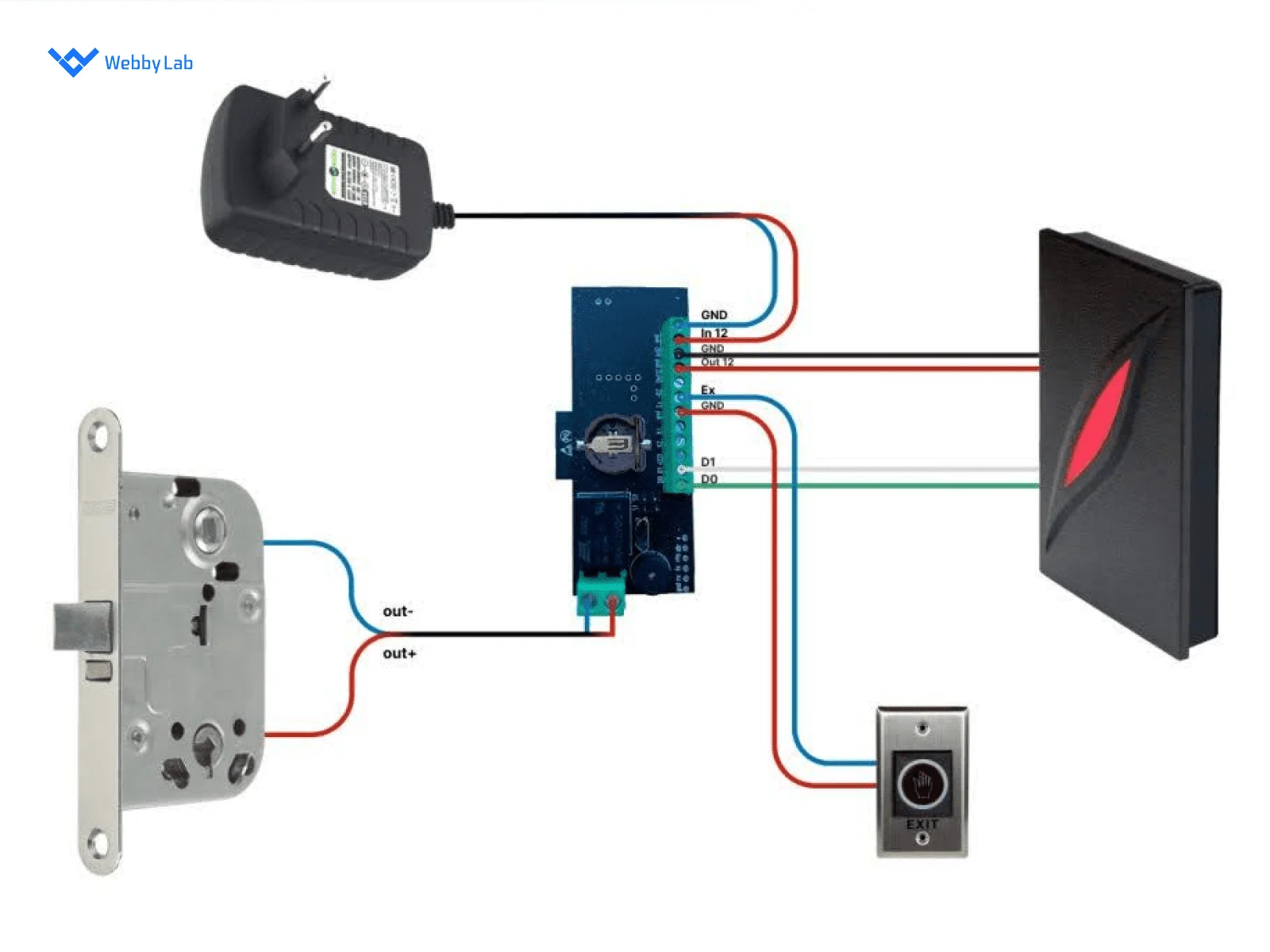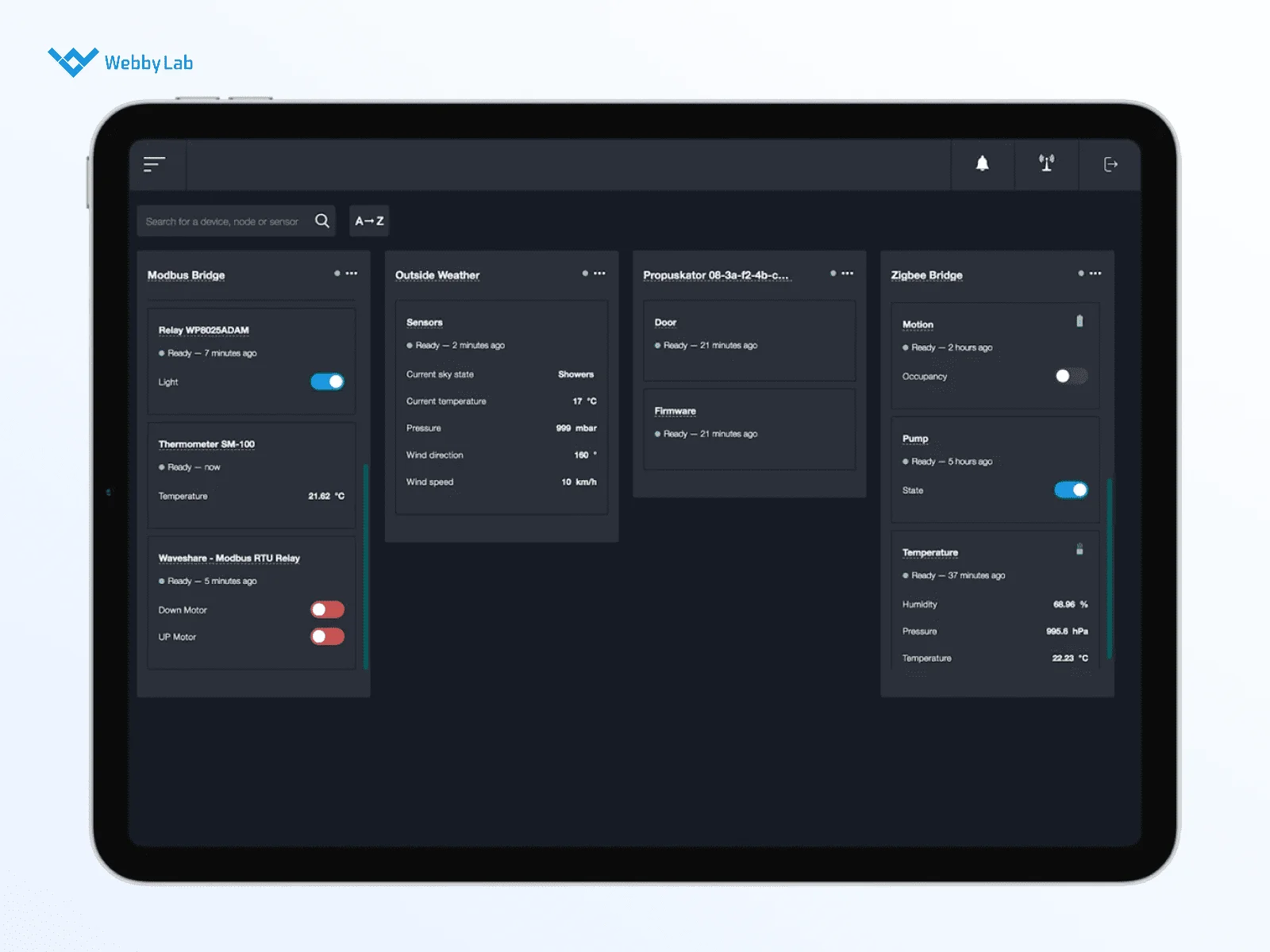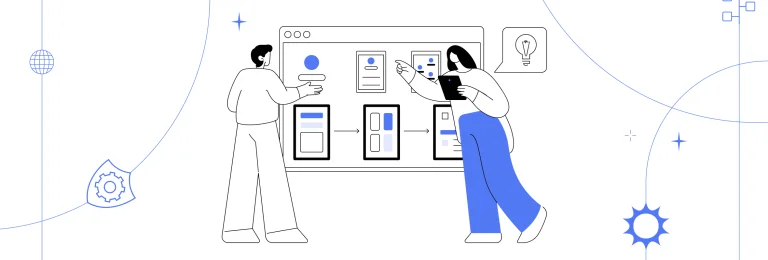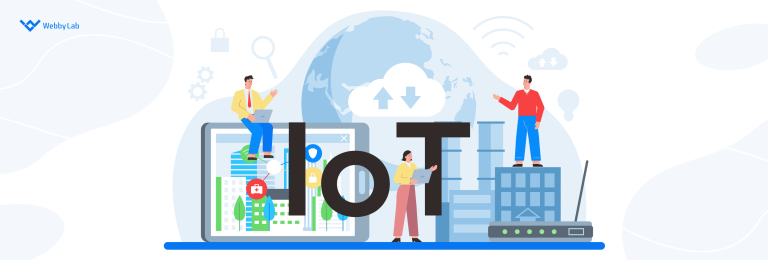A Comprehensive Guide to Actuators in IoT: Types, Selection Criteria, and Real-World Use Cases
Written by:

Kostiantyn Oliynyk
Head of IoT at Webbylab
With a robust academic background in Telecommunication Systems Engineering, I apply my knowledge to lead innovations in the IoT domain. Starting as the first team member in the newly formed IoT department at WebbyLab, I've spearheaded its growth, fostering the expansion into embedded and hardware development alongside our core software projects. My dedication lies in pushing the boundaries of IoT technology, fostering a culture of innovation and excellence that profoundly impacts our clients' operational success.
Sensors collect data on various environmental conditions. IoT actuators receive this input from sensors and transform it into physical actions.
WebbyLab has assisted various businesses in selecting suitable actuators in IoT. Our dedicated team can do the same for you after thoroughly studying your unique project requirements.
Modbus, Zigbee, and Wi-Fi are the most common communication protocols used to control actuators in IoT. With their help, you can manage your IoT ecosystem trouble-free.
Actuators remove the challenges of manual control of the IoT system. Some other benefits include precise control over physical processes, improved efficiency, and the ability to respond to real-time sensor data.
